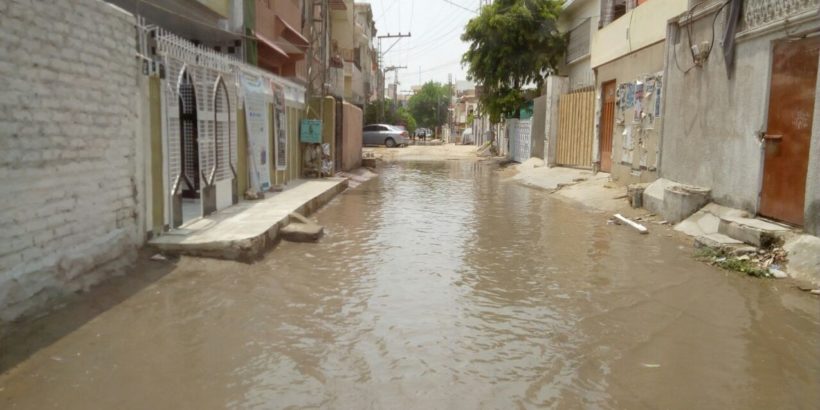Typhoid has long been a disease area with more questions than answers. Identifying precise burden data is difficult. Accurate diagnosis is all but unmanageable in low-resource settings. There is policy confusion in many countries as to optimal prevention strategies. Is it a disease for “engineers rather than doctors”? Is it simpler to just manage those who fall ill, or invest in improved infrastructure so more people have access to clean water and improved sanitation to prevent typhoid? What factors actually influence disease burden? Can socioeconomic development, including investments in water, sanitation, and food safety substantively reduce disease burden in endemic countries? Is typhoid elimination possible?
I have wrestled with these questions for more than thirty years, first as a physician in Pakistan, then with a regional interest in South Asia, and now at the global level. In the 1980s, we faced virtually untreatable multidrug-resistant typhoid with ineffective first- and second-line antibiotics like chloramphenicol and amoxicillin. Access to and affordability of third-line treatments (third-generation cephalosporins) was almost impossible and a source of catastrophic expenditures for many families. Today, we seem to have come full circle, again wrestling with the same questions as before and staring down the face of extensively drug-resistant (XDR) typhoid.
Notwithstanding the above, several countries have seen progress reducing the burden and severity of typhoid. How was such progress achieved? To address some of these questions, the Tackling Typhoid consortium brought together a group of researchers and advisors to review the global epidemiology, trends, and risk factors for typhoid as well conduct in-depth case studies in eight countries with varied levels of progress. The case studies sought to evaluate recent trends in typhoid burden by working with a network of accredited laboratories and experts in key national and subnational geographies. We also conducted qualitative interviews in these countries to understand how policy and programs impact typhoid burden and trends.
In the context of increasing drug resistance and urbanization, the importance of typhoid prevention and control measures cannot be understated. Yet, as the Tackling Typhoid research demonstrated, no single strategy or factor can take on typhoid alone. Economic development, investment in education, environmental improvements, and sanitation all contribute to reductions of typhoid burden in the countries studied, but to a varied degree. Despite gains, typhoid is still widespread in South Asia and parts of Africa. Cases of drug-resistant typhoid are common and appear to be on the rise in many countries. Recently, the prequalification of a new, efficacious typhoid conjugate vaccine (TCV) that can be included in national Expanded Programmes on Immunization holds promise, yet awareness of the immense potential for large-scale vaccination strategies for typhoid control and reduction of drug-resistant typhoid remains low.
There is also room for optimism. As the Sustainable Development Goals outline, now is the time for countries to develop their plans to prioritize the prevention and control of typhoid. Tackling typhoid at the national level will require substantial advocacy and action in countries with the highest risk, with acknowledgement of specific contextual factors. The Tackling Typhoid research and case studies confirmed that there is no one-size-fits-all approach to take on typhoid. But it also confirmed a universal desire for change and a recognition that the solutions to successfully eliminate typhoid are in our grasp.
Several knowledge gaps related to typhoid persist, and alongside such gaps is the need for ongoing appropriate research. However, we know enough now, and we have many technologies and tools to help control and dramatically reduce typhoid as a major public health problem by 2030. If we can continue to demonstrate evidence -based, cost-effective strategies for typhoid control, while mobilizing the political will and financial resources to scale up interventions that we know work—such as investments in social development, safe water, appropriate hygiene, food safety, functional health systems, and now, effective vaccines—I am confident that typhoid will be eliminated as a public health challenge in the next decade.
Having spent the better part of my professional career addressing and advocating for typhoid control around the world, my greatest desire is to make “typhoid hunters” extinct. I fervently hope that the next generation of physicians will not be tackling typhoid in another thirty years.
Photo Credit: Aga Khan University



